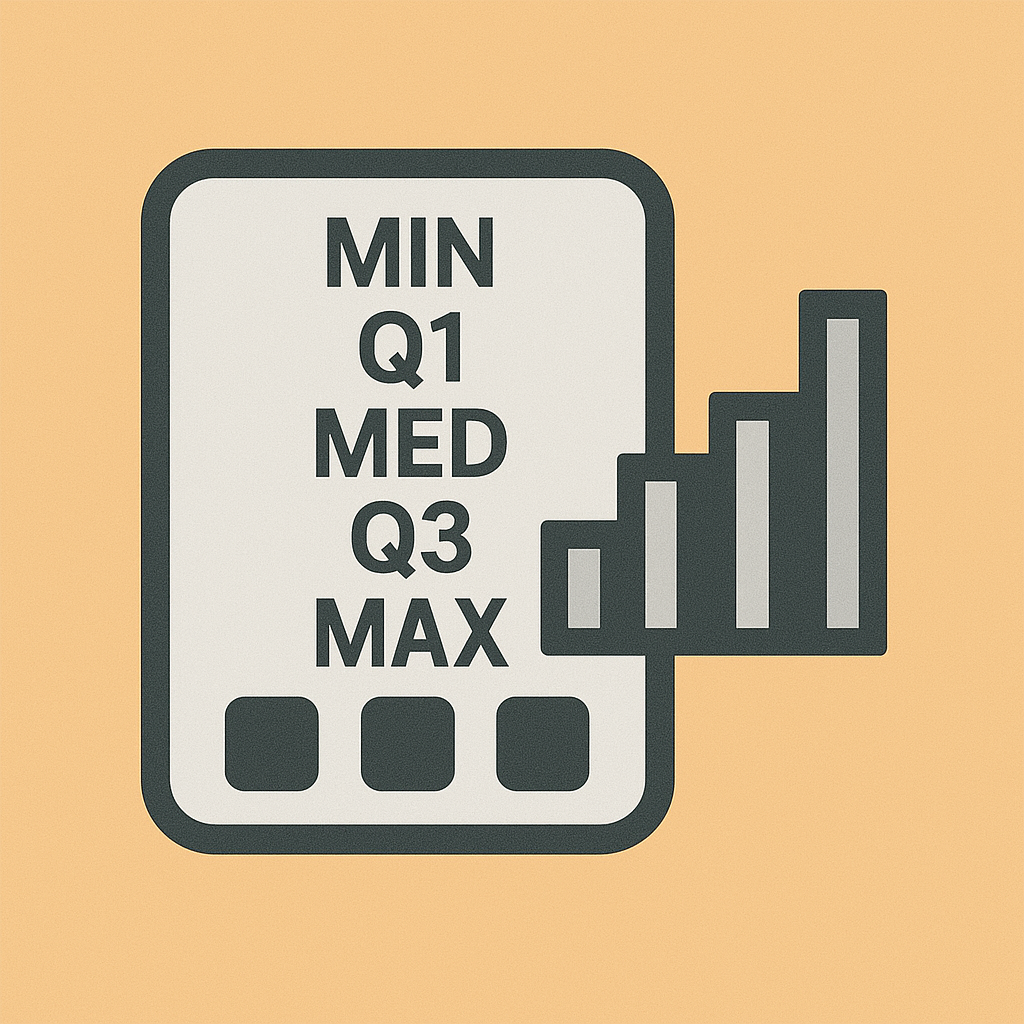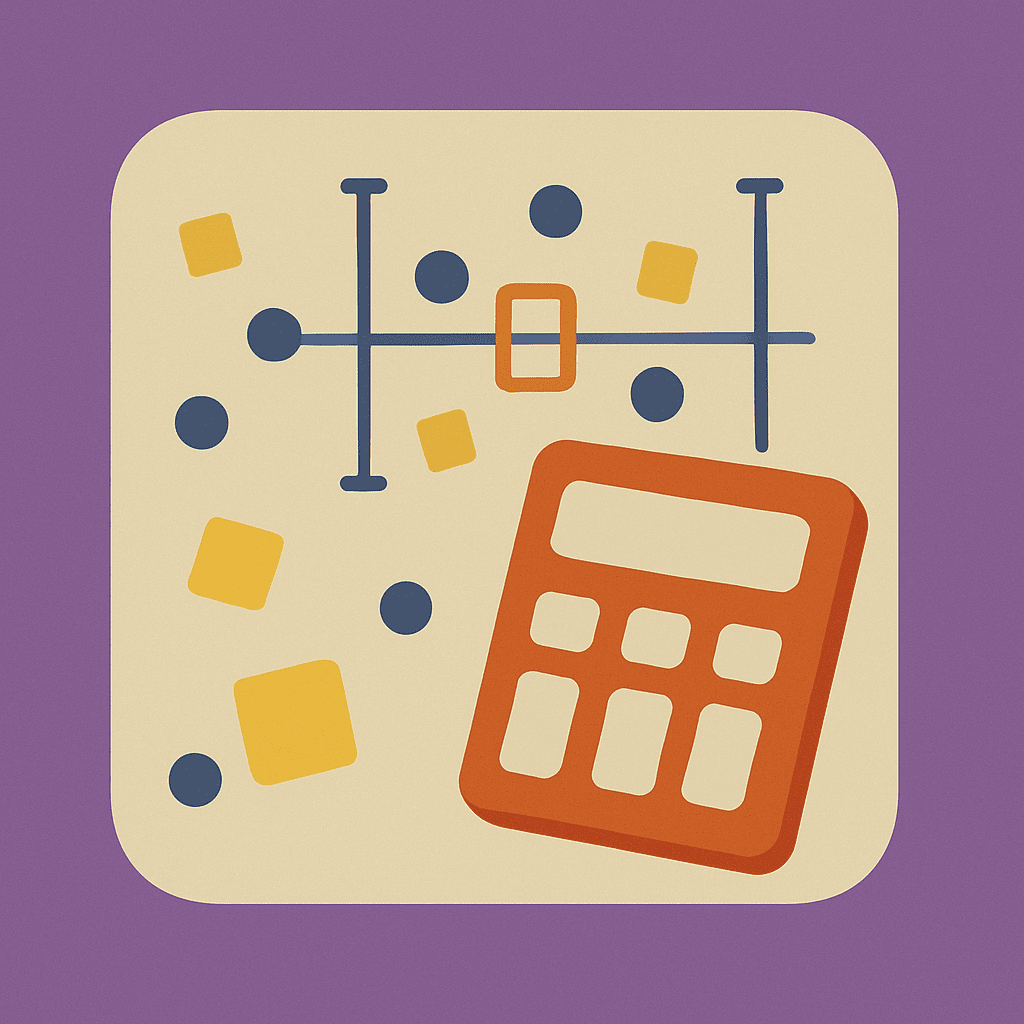Percentage Calculator
Enter a percentage and a number to find the value.
Enter two numbers to calculate the percentage relation.
Enter the old and new values to see the percentage change.
A percentage calculator is a tool or formula used to express a value as a proportion of 100, finding what part of a whole something represents.
A Percentage Calculator is a tool that helps you quickly compute percentage values, such as:
- Finding a percentage of a number.
- Calculating percentage increase or decrease.
- Determining what percentage one number is of another.
Instead of memorizing multiple formulas, you just input your numbers and get instant, accurate results.
What is a Percentage?
In Mathematics, a percentage is a way to express a number as a fraction of 100. A percentage shows how much of something you have out of 100. Percentages make it easier to compare quantities of different scales – such as profit margins, growth rates, or performance results. Percentages are often denoted by the symbol “%” written after the number. They can also be denoted by writing “percent” or “pct” after the number.
Percentages are computed by multiplying the value of a ratio by 100.
For example, if you scored 45 out of 50 marks, your percentage is:
(45 ÷ 50)×100=90%
Percentage Formula
The basic percentage formula helps you find what portion one number is of another. It is calculated by multiplying the ratio of 2 numbers by 100. Refer to the equation below:
Percentage=(a÷b) x 100
Explanation:
a = The value you want to compare (e.g., marks obtained).
B = The total or maximum possible value.
Multiply by 100 to convert the fraction into a percentage.
Example:
A student scored 75 out of 100 marks.
(75÷100)×100=75%
So the student scored 75 out of 100.
Percentage Change Formula
The percentage change formula is used to measure the change in value from its original amount. It is calculated by dividing the difference between the values by the old value and multiplying the result by 100. Refer to the equation below:
Percentage Change = (New Value − Old Value) × 100Old Value
Explanation:
- If the result is positive, it indicates an increase.
- If the result is negative, it indicates a decrease.
Example:
If a company’s revenue grew from ₹1,00,000 to ₹1,20,000, then the percentage change will be:
((1,20,000−1,00,000)÷1,00,000)×100=20%
This means the company’s revenue increased by 20%.
The percentage increase calculator provided above determines an increase or decrease based on a specified percentage of the given number. This process involves converting a percentage into its decimal form, and depending on whether it’s an increase or a decrease, either subtracting (for a decrease) or adding (for an increase) the decimal form from or to 1. By multiplying the original number by this value, you will achieve either an increase or a decrease of the number by the specified percentage. See the example below for further explanation.
For example:
500 increased by 10% (0.1)
500 × (1 + 0.1) = 55
500 decreased by 10%
500 × (1 – 0.1) = 450
Percentage Difference Formula
The percentage difference between two values can be determined by taking the absolute value of the difference between the two numbers and dividing it by the average of those two numbers. To express the result as a percentage, multiply it by 100. Refer to the equation below:
Percentage Change = |V1 − V2| × 100(V1 + V2)/2
Example:
If Product A costs ₹80 and Product B costs ₹100,
(∣80−100∣÷90)×100=22.22%
So, the percentage difference is 22.22%.







